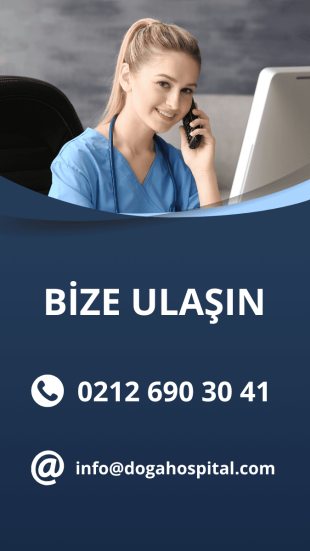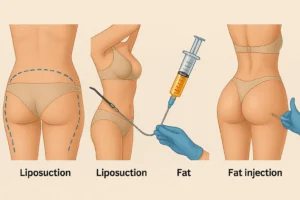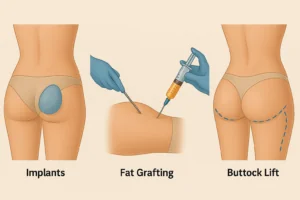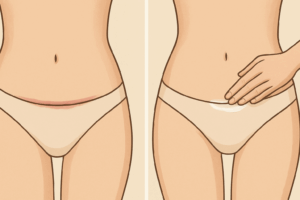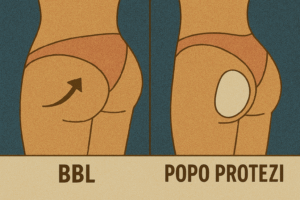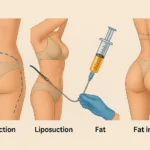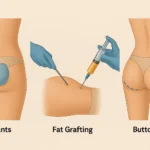An aneurysm is a ballooning of the walls of arteries and aortic vessels caused by the weakening of the vessel walls due to various causes, most commonly found in the abdominal aorta and brain. Bleeding from aneurysms, especially cerebral hemorrhage and internal bleeding, can pose life-threatening risks that require urgent intervention.
Etiology of Aneurysm: Causes and Risk Factors The main factors contributing to aneurysm formation are weakening of the vessel wall and arterial stiffness. Risk factors can be listed as follows:
- Advanced age
- High cholesterol levels,
- Hypertension
- Smoking,
- Stressful lifestyle,
- Blood infections,
- Connective tissue diseases,
- Polycystic kidney disease,
- Rheumatic pathologies,
- Genetic diseases such as Marfan syndrome,
- Congenital anomalies such as coarctation of the aorta.
Clinical Manifestation: Aneurysm Symptoms Symptoms of an aneurysm vary depending on its localization. Without bleeding, symptoms can often remain subclinical. Symptoms that may be encountered in brain aneurysms:
- Pain behind the eye,
- Pupil dilation,
- Double vision
- Yüzde uyuşma,
- Eyelid drooping,
- Severe headache,
- Nausea and vomiting,
- Boyun tutulması,
- Memory and concentration difficulties,
- Photosensitivity,
- Convulsions and loss of consciousness (in advanced cases).
In abdominal aortic aneurysms:
- Back and abdominal pain,
- Pulsation and bloating in the abdomen.
In case of an aneurysm rupture, shock symptoms, loss of consciousness and fainting may be present.
Diagnostic Approach and Treatment Strategies Various imaging techniques are used to diagnose aneurysms: Computed Tomography (CT), Magnetic Resonance Imaging (MRI), Angiography and Ultrasonography. In cases of suspected bleeding, a lumbar puncture is performed to take a sample of spinal fluid to check for the presence of blood.
Treatment options depend on the size, location and bleeding of the aneurysm. Interventions can be performed with open or endovascular (closed) surgery. The aim of treatment is to disable the aneurysm and prevent bleeding.
Open surgical procedures are performed under general anesthesia and can take several hours. In this method, a graft is inserted into the aneurysm to restore blood flow.
In endovascular procedures, a stent is inserted into the vessel through the groin area. This minimally invasive method provides a shorter recovery time and less risk of complications compared to open surgery.
Private Doğa Hospital provides high quality service to its patients by adopting the most modern medical approaches in the diagnosis and treatment of aneurysms. Our main priority is to provide detailed information to patients and their relatives, to ensure their participation in the treatment process and to make informed decisions.



